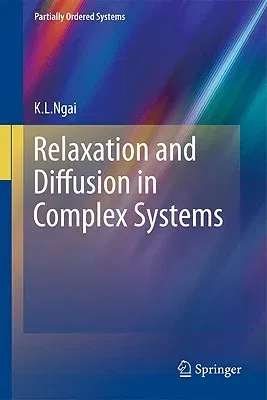K L Ngai
(Author)Relaxation and Diffusion in Complex Systems (2011)Hardcover - 2011, 22 April 2011

Qty
1
Turbo
Ships in 2 - 3 days
In Stock
Free Delivery
Cash on Delivery
15 Days
Free Returns
Secure Checkout

Part of Series
Partially Ordered Systems
Part of Series
Partially Ordered Systems Partially Ordered Systems
Print Length
835 pages
Language
English
Publisher
Springer
Date Published
22 Apr 2011
ISBN-10
1441976485
ISBN-13
9781441976482
Description
Product Details
Author:
Book Edition:
2011
Book Format:
Hardcover
Country of Origin:
US
Date Published:
22 April 2011
Dimensions:
24.28 x
16.23 x
4.47 cm
ISBN-10:
1441976485
ISBN-13:
9781441976482
Language:
English
Location:
New York, NY
Pages:
835
Publisher:
Weight:
1583.04 gm